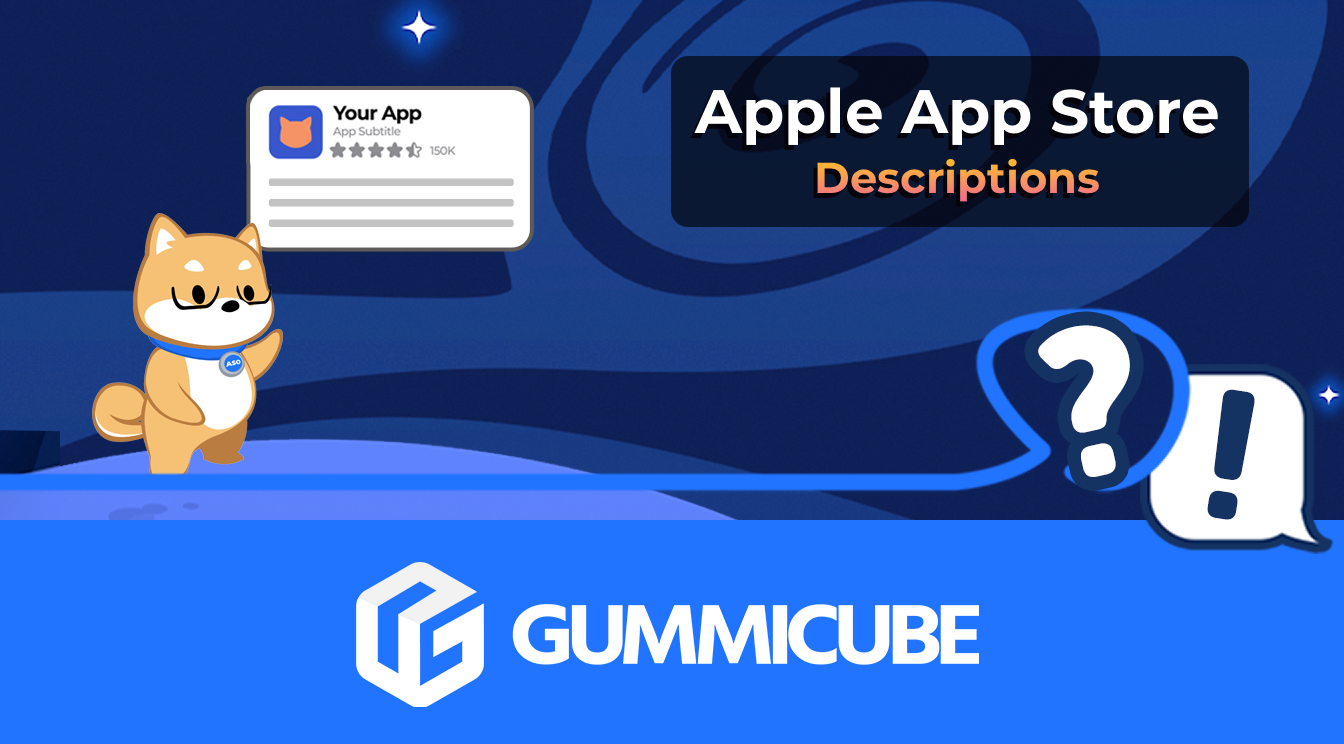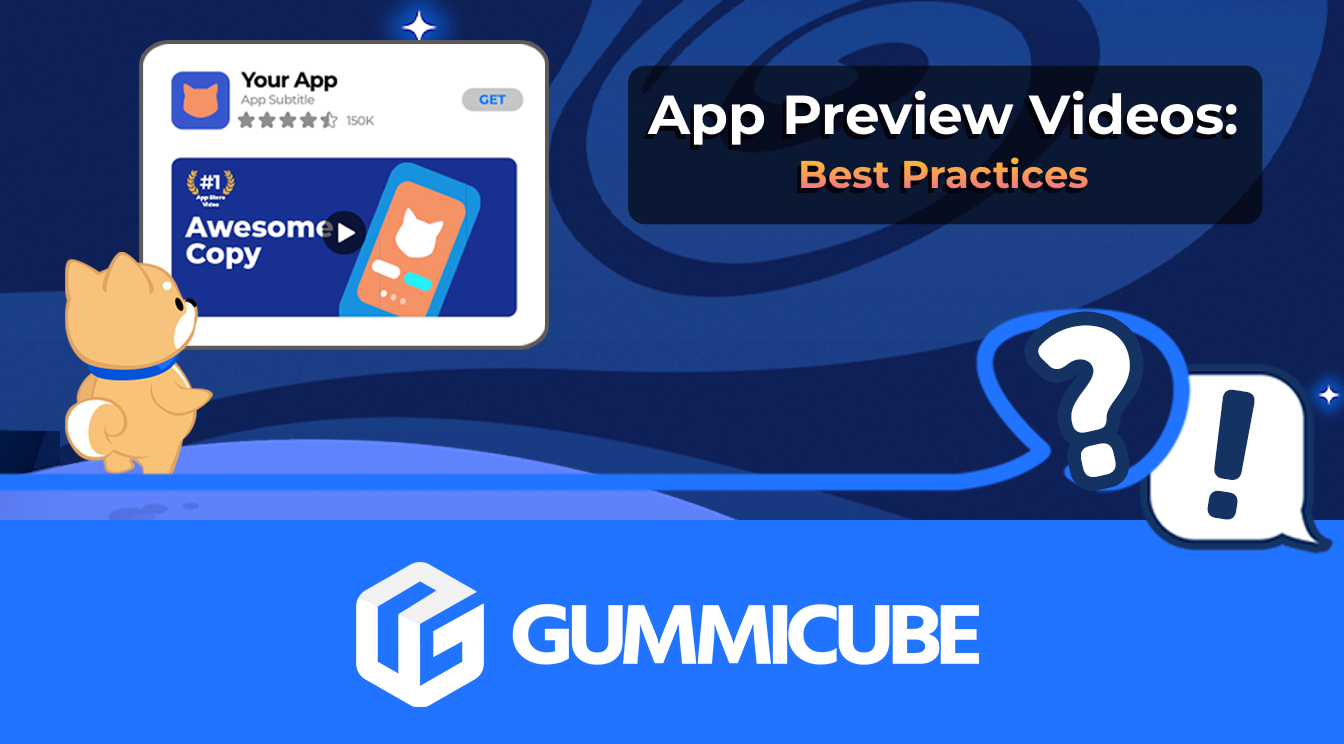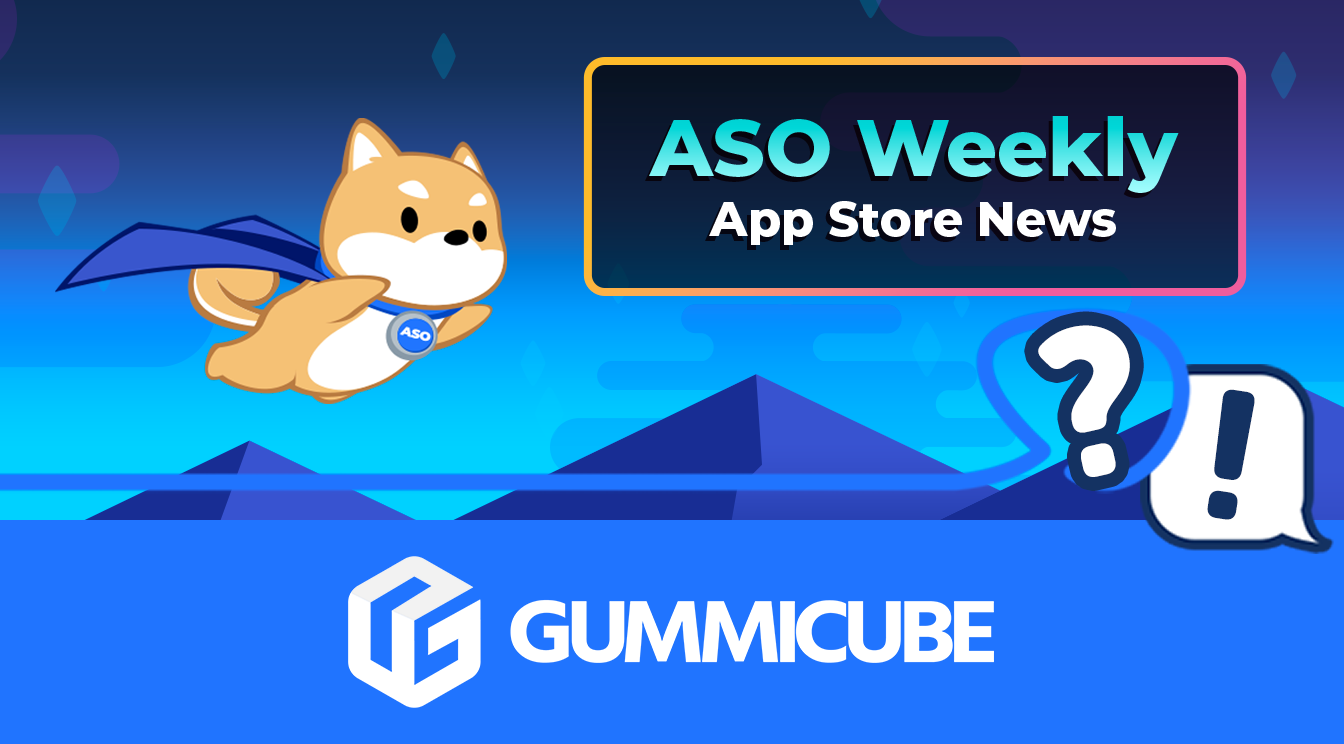
How to Write an Apple App Store Description
Posted on July 17th, 2024
Learn how to approach App Store descriptions the right way so you can effectively engage and convert users.

If you want to tap into app store search traffic, you need to develop a strategy for optimizing a mobile app's store listing . In this article we'll cover building an app store optimization strategy for higher rankings and more organic app installs.
your app is for
Sometimes called an avatar, create a specific profile of an ideal user of your app. If there are several use cases or unique avatars, define each. An ideal user could be defined by expected lifetime value (LTV), by propensity to share (creating a viral loop) or by likelihood for long-term app engagement. Define your new avatar(s) by at minimum demographics and related interests. For example - an avatar for my new (fictitious) "Perfect Jump Shot Trainer" app might be:
You can approach this several ways, as long as the end result is a list of features of your app and benefits to a user. It may be helpful to start listing off your app's features, and benefits related to specific use cases. Then review for those features that provide unique benefits. Now compare this list to your avatar(s). Before looking at competitive apps, do the features you have listed, and the associated benefits align to your target audience (avatar)? Make some adjustments as needed and move to competitive research.
Armed with your ideal user, and how your app's features benefit this audience, let's see what sets your app apart. Perform app store searches for each of the features on your list and note those apps that appear across results. Which features are they prioritizing in the app name, description and screenshots? You should start to see which apps compete with your app for specific features, and which of your app's features are most differentiating. You can also explore the reviews for complementary or competitive apps to see what features are not working correctly, or are being requested from the user base. Keep in mind that if a competitive app includes a function or feature, but does not emphasize it in their app store listing, this may provide an opportunity for your app to differentiate by emphasizing the feature.
Your app store optimization strategy is starting to take shape! You have a list of essential and differentiating features of your app, and benefits written for specific use cases by your target market. The app features and your avatar will inform and direct all of your app listing elements, starting with the app listing's creative elements including the app icon and screenshots. We have written much more on best practices for designing and optimizing app icons and screenshots, but the goal here is to incorporate all the information you have built thus far into something visual. It is likely obvious that the icon for the fictional basketball shooting app targeting 25-44 year old men should not be pastels. Maybe not as obvious is how important communicating your app's most unique and differentiating features is. Focus groups can help you identify which designs work best to communicate specific features with your target audience.
Pulling much of our work thus far together, we craft our app name/title, short and full descriptions and keywords field for broad coverage of the identified features. App store intelligence/data, Software, or an ASO / Mobile Marketing agency with access to app store data and ASO software tools will help you identify relevant keywords and phrases, competitors, and trending searches for your target demographic. For more on the app metadata, check out our best practices guides for specific instructions on crafting an app name and description.
Finally, app store optimization is not set and forget. Optimization means measuring and adjusting towards an optimal state. Review app store optimization results monthly or at every new app submission. Because the app stores are a large, global, dynamic marketplace - reaching an optimal state is a moving target. But with regular reviews and adjustments to your app store listing, each incremental improvements adds up to a defendable long-term position in app store search.

Learn how to approach App Store descriptions the right way so you can effectively engage and convert users.

Learn how to grab your audience's attention through effective and engaging app store preview videos.

Welcome to this week’s ASO Weekly - The App Store halts gambling ads amidst outcry and the Apple takes a bite out of NFT app sales.